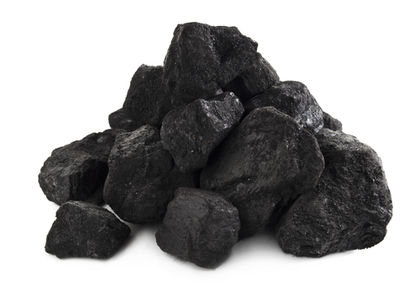After we’ve learned about the three types of rocks in the Earth, we will focus on sedimentary rocks because these are rocks which can be reservoir rocks. In this article, we will start with sedimentation and learn how this process creates sedimentary rock.
A process starting with erosion and transportation of eroded material to a deposition area is called sedimentation. Eroded particles settle out of suspension and are deposited into a layer form. With time, more layers form on top of the lower layers and press down onto the lower sedimentary layers. The compaction force pushes water out from the layers. Salt crystals glue sediment particles together and finally the sediments are lithified into sedimentary rocks – this is a part of diagenesis process. Figure 1 show the process of creating sedimentary rock. Stratification results from sedimentary particles arrangement in rock layers. For each rock stratum, there is a distinct layer of sediment and this is called “bedding.”

Figure 1 – Process of Sedimentary Rock
(Ref Image: http://www.eschooltoday.com/rocks/images/sedimentary-rocks-formation-process.png)
Diagenesis is a process of the modification of sediments into sedimentary rocks. Mineralogy and the texture of sediment are altered due to chemical and physical changes which convert unconsolidated sediment into rock.
The diagenesis process includes:
- Physical compaction by extreme pressure – this step expels water from sedimentary layers
- Growth of new diagenetic minerals
- Dissolution of soluble elements of clastic rocks
- Recrystallization and remineralization
Sedimentary rocks can be classified into 3 categories, which are Clastic, Chemical and Organic.
Clastic Sedimentary Rocks
Clastic sedimentary rocks are formed by mechanical weathering of existing rocks and some examples of clastic sedimentary rocks are breccia, conglomerate, sandstone, siltstone and shale.

Figure 2 – Conglomerate
(Ref Image – http://shorncliffe-rocks-bada.weebly.com/uploads/2/9/9/7/29976129/7806393_orig.jpg)
Chemical Sedimentary Rocks
Chemical sedimentary rocks are formed by a chemical process and some examples of chemical sedimentary rocks are salt, iron ore, chert, flint, some dolomites, and some types of limestone.

Figure 3 – Chert
( Ref Image: http://f.tqn.com/y/geology/1/S/r/y/flintnodin.jpg)
Organic Sedimentary Rocks
Organic sedimentary rocks are formed by an accumulation of animals and plants and some examples of organic sedimentary rocks are coal, some dolomites, and some types of limestone.

Figure 4 – Coal
(Ref Image: http://www.chemistryexplained.com/photos/coal-3347.jpg)
References
Richard C. Selley, 2014. Elements of Petroleum Geology, Third Edition. 3 Edition. Academic Press.
Richard C. Selley, 1997. Elements of Petroleum Geology, Second Edition. 2 Edition. Academic Press.